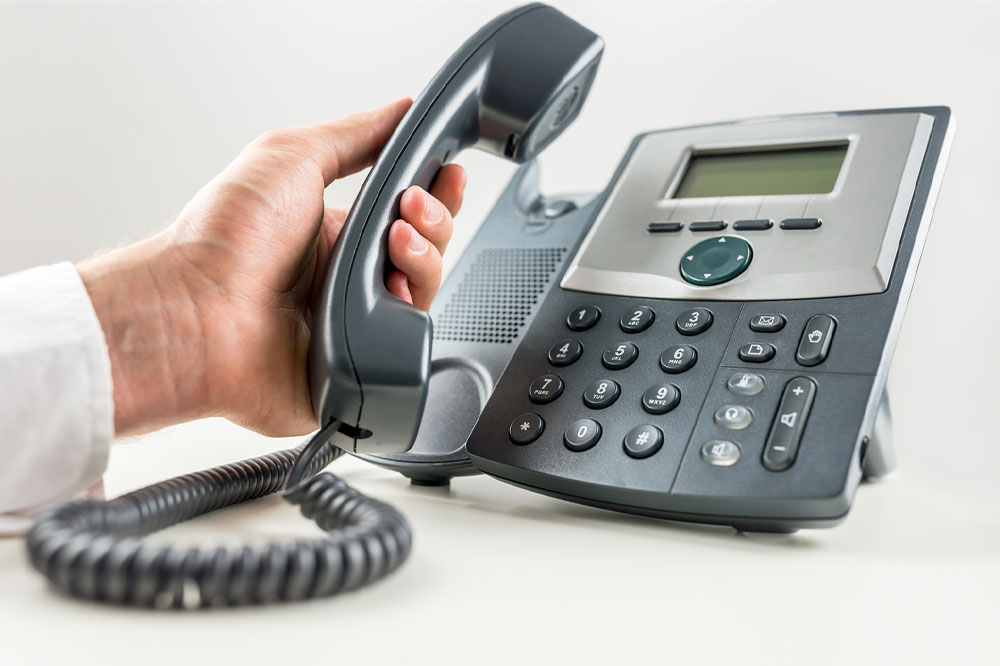Comprehensive Guide to Landline Telephony
Explore the evolution, types, and features of landline phones, along with their declining popularity in the age of mobile technology. Learn about wired and cordless models, accessibility features, and the advantages they still offer during emergencies. This comprehensive overview highlights how telecommunication continues to evolve, emphasizing the shift toward mobile and internet-based solutions while recognizing the enduring relevance of landlines in specific scenarios.

Understanding Traditional Landline Phones
A landline phone is a fixed communication device that relies on wired connections or wireless signals for voice transmission. Known by several terms such as landline, home phone, fixed line, or wired phone, it transmits sound through cable-based signals. Invented by Alexander Graham Bell in 1876, this technology revolutionized communication. Landline services operate through an extensive network of cables and satellite links to send voice signals efficiently.
There are two main types of landlines: corded and cordless.
Wired Landline Phones
These phones consist of a base and handset connected via a physical wire. They can be mounted on walls or placed on tables. While they offer stable connections even during power outages, their mobility is limited. Some models include speakerphone features to enhance usability.
Wireless (Cordless) Landline Phones
These devices feature entirely wireless handsets with limited range, offering increased freedom of movement within a limited area. Certain models support multiple handsets on a single base. However, cordless phones do not operate during power cuts, which can be a drawback.
Regardless of their type, landline services provide several user-friendly features that cater to diverse needs:
Enhanced sound and visual alerts for hearing-impaired users.
Large keypad and Braille labels assisting visually impaired individuals.
Despite technological progress, the popularity of traditional landlines is waning in favor of mobile devices. Cell phones, utilizing radio waves for connectivity, have become the primary mode of communication, offering unmatched mobility.
The growth of smartphone usage has led to a significant decline in landline subscriptions. Nonetheless, some still prefer landlines, especially for work-from-home setups, due to their clearer reception and reliability during emergencies. Landlines excel in location tracing during calls to emergency services and are generally more cost-effective for international calls. They also offer better security against hacking compared to cellular and internet-based options.
While cordless phones provided some mobility, they still require proximity to their base station. Modern smartphones and VoIP technology now offer extensive functionalities beyond mere calling, including internet access, instant messaging, and multimedia sharing. However, internet-dependent VoIP services are vulnerable to power and connectivity disruptions.
It is projected that by 2025, traditional landline usage will disappear entirely. Data from surveys in the US, such as the CDC report from 2017, shows that over half of households now rely solely on cell phones for communication, reflecting a major shift in telephony preferences.
Note:
This article offers valuable insights into landline phones, highlighting their history, types, features, and declining trend compared to mobile technology. While informative, readers should consider additional sources for comprehensive understanding, as technological advances continue to reshape communication methods.









